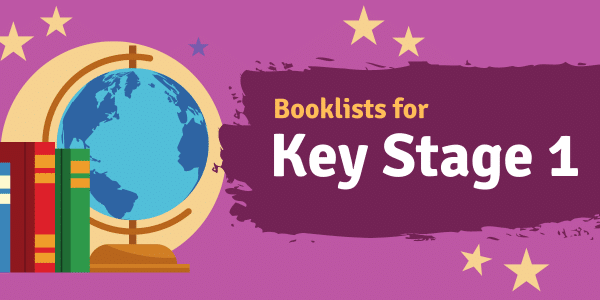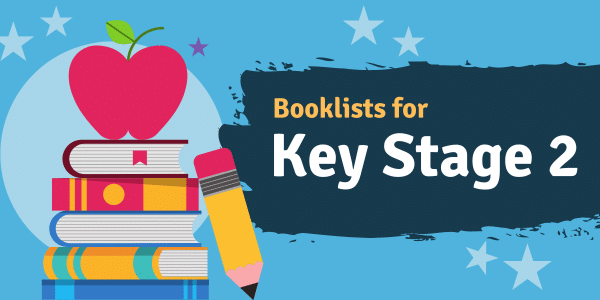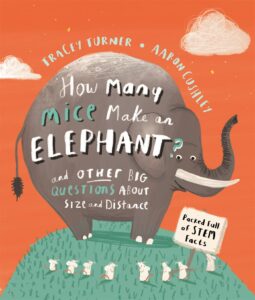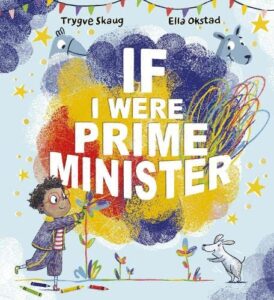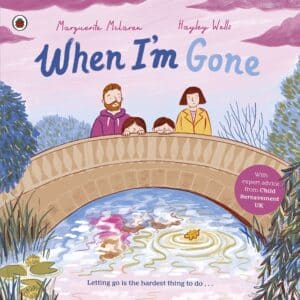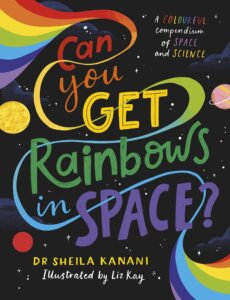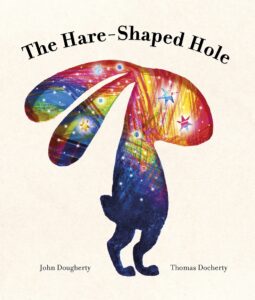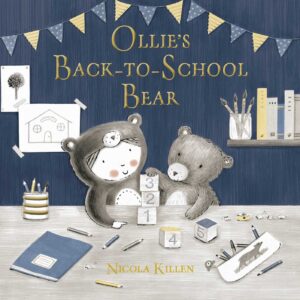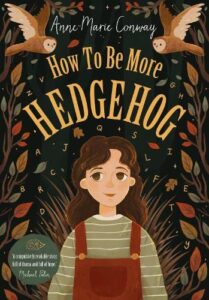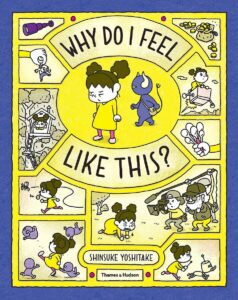How Many Mice Make an Elephant? And Other Big Questions about Size and Distance introduces children to this tricky maths concept in a fun, relatable way.
Fantastically written by Tracey Turner, questions such as ‘How many high jumps to the moon?’ and ‘How many ice cubes make an iceberg?’ get children to think about just how high, how big and how far things are, as well as teaching them the maths to work it out! The logic behind each comparison is explained in clear, simple steps for children to follow along, helping them to reach the answer. Beautiful illustrations by Aaron Cushley couldn’t be further from a maths text book, making learning maths a truly fun experience.
This wonderfully illustrated take on maths-by-stealth includes an introduction by Kjartan Poskitt, author of the bestselling Murderous Maths series.








